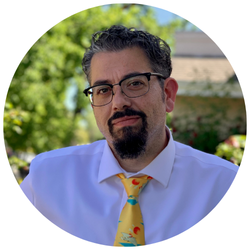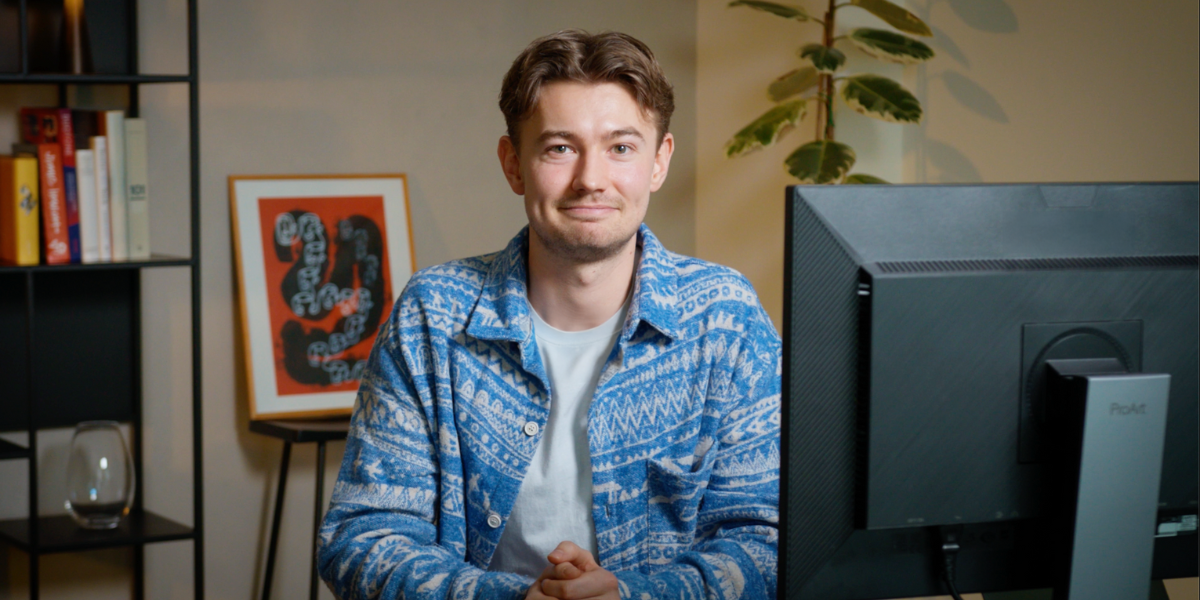1. Aprende de los profesionales
2. Establecer objetivos de escritura
Los objetivos concretos te brindan algo tangible por lo que trabajar, y esa es a menudo la diferencia entre completar un manuscrito y rendirse por completo.
3. Crea una rutina
4. Aprovecha los sprints de escritura
Gran parte de escribir consiste en gestionar tu tiempo. Pero ¿cómo aprovecharlo al máximo cuando las palabras no fluyen? Prueba a escribir en sprints.
Resulta que un poco de competencia (con otros o contigo mismo) puede realmente hacer avanzar el proceso, incluso cuando parece como caminar penosamente por el barro.
5. Hazlo un hábito
Los humanos somos criaturas de hábitos. Lo cual es genial, porque los hábitos liberan energía mental al automatizar nuestras acciones y permitirnos concentrarnos en tareas más complejas, como escribir.
Por ejemplo, cuando sentarse en tu sillón favorito a las 5 de la tarde a escribir se convierte en un hábito, no tienes que gastar energía mental en decidir si hacerlo o no. Y eso facilita mucho empezar.
Hay muchas maneras de aprovechar nuestra tendencia a lo habitual para facilitarnos el proceso de escritura. Los buenos hábitos de escritura, si se utilizan correctamente, pueden ayudarnos a establecer un ritmo regular que nos mantenga concentrados durante el tiempo que dedicamos a escribir.
Descubra aquí qué hábitos recomiendan los expertos que los escritores cultiven.
6. Gamifique su proceso
7. Crea tu espacio de trabajo
Todos tenemos un lugar donde nos encanta escribir. Con suerte, podemos organizarlo a nuestro gusto. La clave está en crear un espacio que te ayude a concentrarte y te inspire.
Porque ese es el espacio ideal para escribir: ya sea un punto fijo en tu casa o un espacio que viaja contigo, el objetivo de este espacio no es ser bonito o profesional, ni impresionar a los demás o verse bien en las redes sociales.
El objetivo es crear un ambiente que te dé ganas de escribir .
8. Únete a una comunidad
































